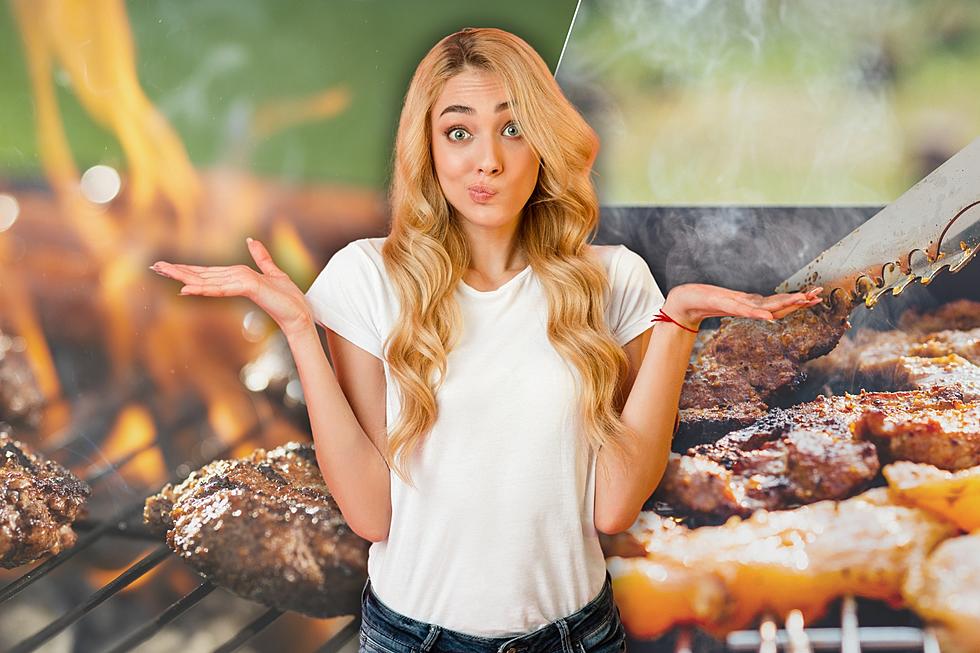
The Truth About Wildfire Retardant – Savior And Killer
The Truth About Wildfire Retardant - Savior And Killer
We’ve seen the planes and helicopters swooping in to drop water or red fire retardant. Every time they’re called into service, it's because structures, homes, and lives are in grave peril. Minutes count in how fast the pilots can scramble and get to the front lines - aiding wildfire fighters on the ground.
As someone who owns property near a recent fire in the Wenatchee Valley, I am thankful for these planes and the brave pilots who fly them.
KING 5 Seattle recently published a story about fire retardants having a nasty tradeoff. The chemicals used to stop the surge of a wildfire can sometimes result in the killing of fish in our area waterways.
Fire retardant contains ammonium phosphate – area ag workers will recognize this chemical combo.
It's one of the main ingredients used in fertilizers.
Ammonium phosphate is added to nitrogen in fields that help young plants thrive, grow, and produce. Ag workers also know to keep ammonium phosphate away from water sources where aquatic life lives.
When fire retardant made its debut in the 50s - it was a complete game changer.
Sometimes pilots miss their drop zone target.
The various reasons are understandable: wind direction, lack of visibility - due to smoke. Missing a target can result in the “red Kool-Aid” dropping into streams and creeks.
These unfortunate mistakes end up killing salmon, steelhead, and other aquatic life.
KING 5 documented that thousands of steelhead were killed in Omak Creek on the Colville Indian Reservation in Eastern Washington in two retardant drops in the early 2000s.
'It’s heartbreaking. That’s what we’re working for, to get all the fish to come back. That’s our heritage. That’s what we do. That’s a big thing in our life. (A fish kill caused by the Forest Service) is very sad.' - Colville Indian Tribe member Vertis Campbell
Because of a court case in 2010 - the US Forest Service has been required to keep records of any possible fire retardant dropped into waterways.
The results of these records were released for the first time in 2022.
‘From 2012 to 2019, the USFS dropped retardant into or near water 459 times, all on the West Coast. The drops totaled 760,000 gallons, according to the USFS. KING 5 found that includes 45 drops in the northwest, including waterways in the Gifford Pinchot and Okanagan-Wenatchee National Forests.’ - KING 5 Seattle
The US Forest Service gave a statement to KING 5, regarding its use of the red fire retardant released from airplanes.
‘Ensuring we can continue to use retardant to protect homes and communities is a priority. We believe retardant can be (and has been) delivered without compromising public health and the environment. The Forest Service continually works to improve formulations to minimize potential adverse impacts from retardant while maintaining or improving its effectiveness’ - USFS National Press Officer John Winn.
Are there Non-toxic options?
The Chico-based company GreenFire has created the only fire suppression products deemed safe enough to use near food production.
In 2021, GreenFire founders met with Forest Service top brass to discuss considering their non-toxic alternatives. So far the US Forest Service refuses to use the GreenFire product.
‘It’s like life. That’s what brings life to us. Every stream on this reservation is very important," Campbell said. “That’s our life.’ - Colville Tribe member Vertis Campbell
Vertis told KING 5 that he hopes the Forest Service thinks about his tribe, their water, and the salmon that form the foundation of their culture.
INFO: KING 5 Seattle
10 Tips To Prevent Wildfires
Gallery Credit: Cort Freeman
7 Unsuspecting Items That May Spark Wildfires
Gallery Credit: Lauren Gordon
More From KW3







